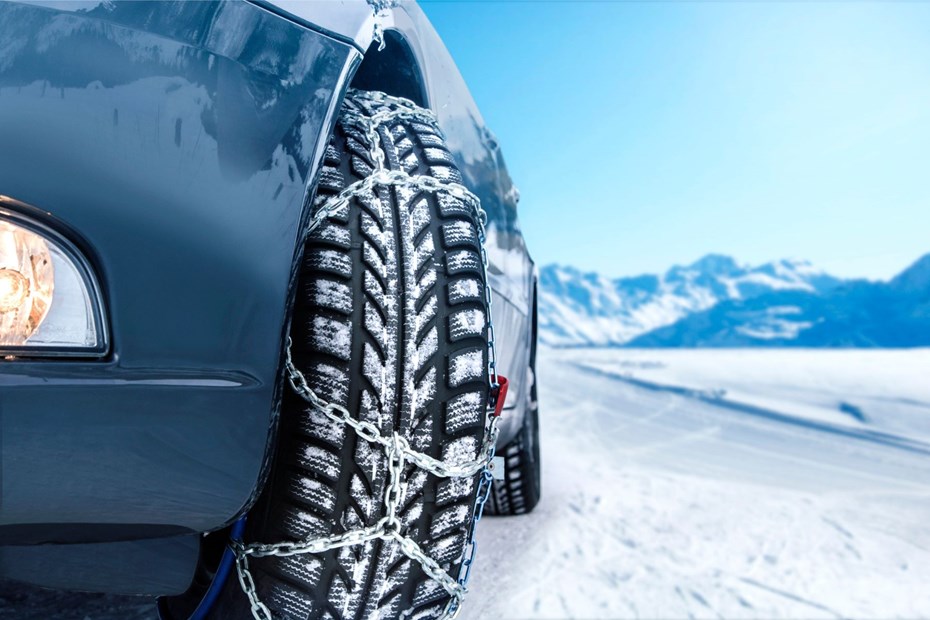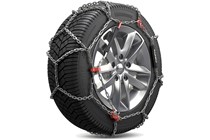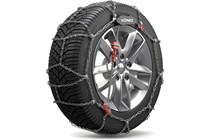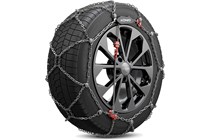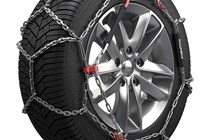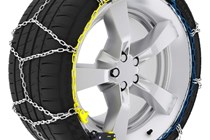Snow chains are the next best thing to specialist tyres for winter. What’s more, they’ll also save you a fair amount to buy. In fairness, it’s unlikely you’ll need snow chains in the UK, even though there is another cold snap on the way – roads are frequently gritted in winter, and we don’t tend to get much snow. But at least that gives us plenty of other winter driving products to think about.
However, if you frequent the alpine slopes of continental Europe, carrying chains in your car is a must. Not only from a common-sense point of view, but countries like France and Switzerland require chains to be carried in their mountainous regions by law.
You might think that only an ice scraper is needed for your winter car armour. But increasing numbers of European countries are requiring winter tyres to also be fitted during wintery conditions or between the months of November and March. If you are planning to head to Europe during winter, then you need to be familiar with local laws. If you find you need winter tyres as well as chains, consult our guide to the best tested winter tyres, too.
The best snow chains 2025 at a glance:
That said, some snow-shovelling circumstances may arise in the UK where you find yourself in need of snow chains. This is especially true for those who live in and visit rural and mountainous locations. Regardless of which case relates most to you, snow chains are useful things to have.
The best snow chains 2025
Best value snow chains
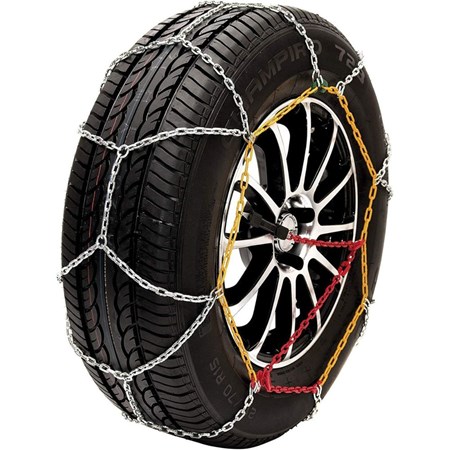

Pros
- Great value
- Will do the job for short trips
Cons
- Not as good in extreme conditions
Most advanced snow chains
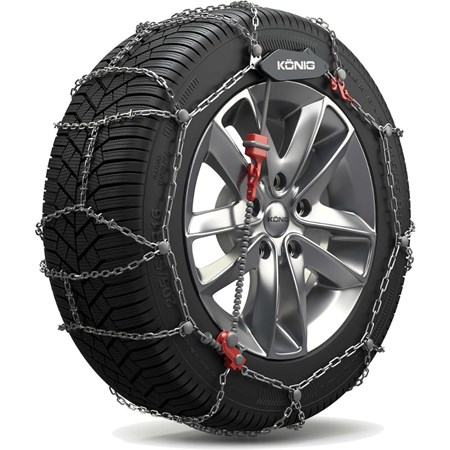

Pros
- Intelligent self-tensioning system for improved grip
- Very well-made
Cons
- Delivery times and availability isn't consistent
Best for SUVs
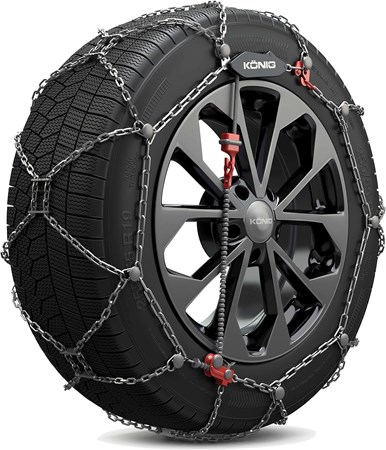

Pros
- Easy installation
- Anti-scratch design
Cons
- Not as many sizes as others
Most versatile snow chains
They're designed for intensive use, which will probably come in handy should you need to make a trip to the Alps this winter. For context, some of the other Michelin options are designed for either casual or regular use. There's also a light on each tensioning unit, meaning the visibility of your car will be increased during the night. Handy when other road users need to see exactly where your wheels are positioned.
Pros
- Comes with light for night/dark assistance
- Automatic tensioner
Cons
- Not available in really small sizes
FAQs and things to remember with snow chains
-
Are snow chains legal in the UK and Europe?
Snow chains are legal, but their use is rarely necessary due to milder winter conditions. In Europe, snow chains are legal in most countries, but their use is often regulated by road signs and conditions. In countries such as Austria, Switzerland, France, and Italy, snow chains are required on certain roads or under specific conditions (e.g., heavy snow or ice). Always check local laws and road signs when travelling.
-
When should I use snow chains?
Snow chains should be used when driving on roads covered with compacted snow or ice where winter tyres alone do not provide sufficient traction. In some European countries, it is mandatory to use snow chains when driving in mountainous or rural areas during severe winter conditions, as indicated by specific road signs. Do not use snow chains on bare roads, as they can damage the road surface and the chains themselves.
-
Can I use snow chains on all four wheels?
For front-wheel drive vehicles, snow chains should be fitted on the front wheels. For rear-wheel drive vehicles, they should be fitted on the rear wheels. For all-wheel or four-wheel drive vehicles, it is often recommended to fit snow chains on all four wheels to ensure optimal traction and control. However, check your vehicle’s manual for specific guidance, as some manufacturers may have different recommendations
-
What is the maximum speed when driving with snow chains?
The maximum recommended speed when driving with snow chains is typically 30 mph (50 km/h). Exceeding this speed can damage the chain, reduce vehicle control, and potentially damage tires. Always adhere to the speed limits specified by the snow chain manufacturer and adjust your speed according to road conditions.
-
What is the difference between snow chains and snow socks?
Snow chains are metal chains that provide high levels of grip and are suitable for driving on ice and compacted snow. Snow socks are fabric covers that fit over tyres and offer increased traction on snow and ice but are generally less durable and effective than chains. Snow socks are easier to fit and remove, making them a good alternative for occasional use or in conditions where chains are not feasible due to vehicle design.
-
Do I need snow chains if I have winter tyres?
Winter tyres provide better traction than regular tyres in cold and snowy conditions, but they may not be sufficient in severe snow or icy conditions. Snow chains offer additional grip and are often required in extreme weather or on steep inclines. In some European countries, snow chains may still be mandatory even if you have winter tyres, depending on road conditions and local laws.
-
What you need to know about snow chains
The first thing is to double and triple check what size snow chains fit your vehicle. Your car’s manual will have this information and so too will the snow chains you’re considering. Practising attaching and removing them is also a useful tip. In theory, they are all relatively simple to attach, but in practice, particularly for those unfamiliar with snow chains, they can be a bit fiddly. Make sure you’re well-practised before you get to the snow.
-
Which wheels should I put them on?
It's worth remembering that snow chains are fitted to the driving wheels of a car. For cars with front-wheel-drive (FWD), fit chains to the front wheels. Consult your car’s handbook to be sure, but many cars should be driven on chains with traction control systems turned off. When driving with snow chains, do not exceed 30mph and drive smoothly. Avoid sudden and hard braking or sharp steering.
Lastly, they are meant for roads with snow and ice only. Snow socks, however, are designed for more casual snow driving. Once the frozen road is clear, remove the chains from your car immediately to avoid damaging the road surface. Once removed, wash them to avoid deterioration. Being exposed to that much snow, salt and grit on icy roads can ultimately lead to corrosion, so always give them a thorough wash once you've completed your journey.
Sign up to the Parkers Newsletter to keep up to date with more of the latest reviews, news, and recommendations from the Parkers team.
Just so you know, while we may receive a commission or other compensation from the links on this page, we never allow this to influence product selections – read why you should trust us
Just so you know, we may receive a commission or other compensation from the links on this website - read why you should trust us.


